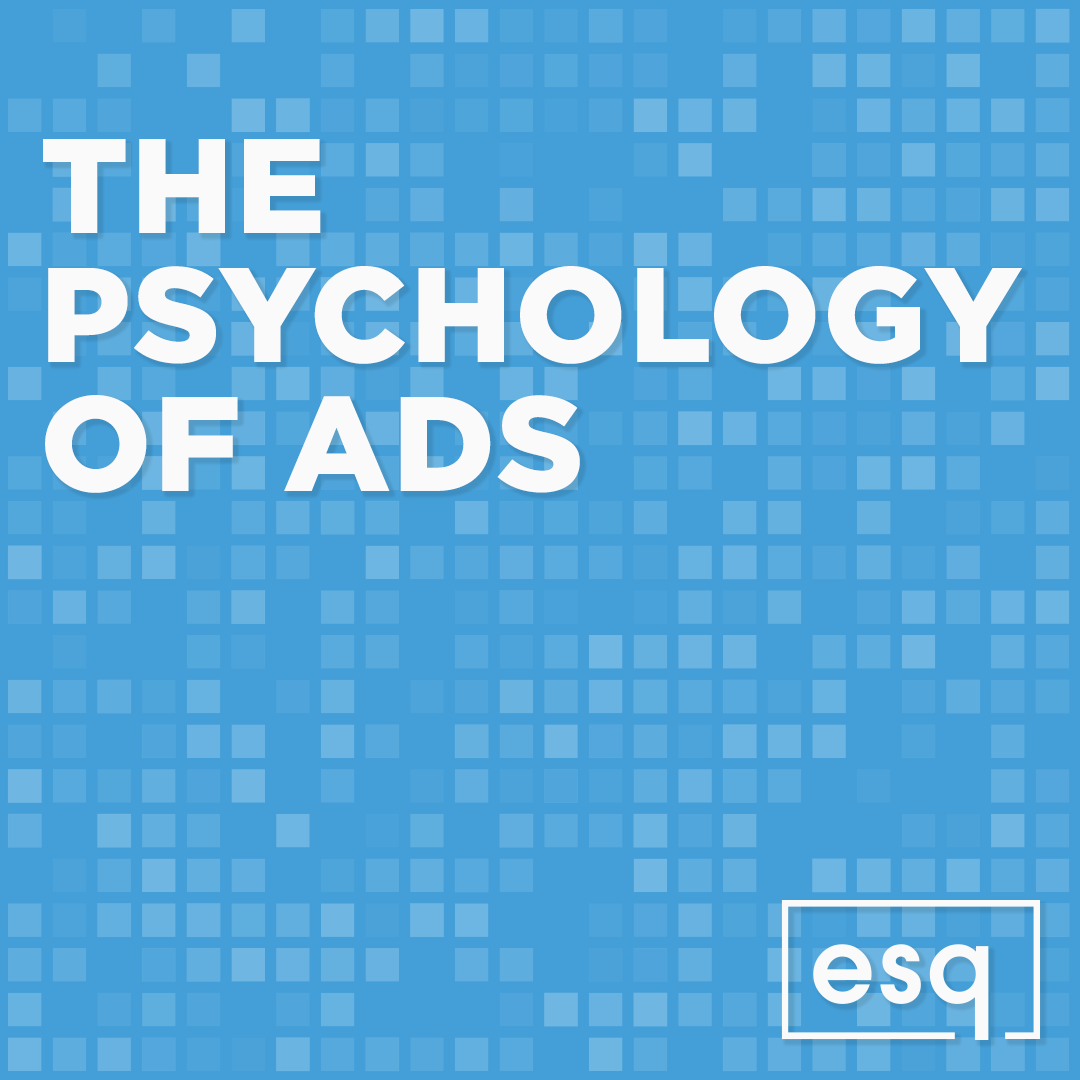In today’s modern society, advertising is everywhere. From scrolling through social media to commuting on public transportation, we are constantly bombarded with an endless stream of advertisements fighting for our attention. In fact, the University of Southern California found that the average person sees anywhere from 4,000 to 10,000 ads every 24 hours, a substantial increase from 500 ads per day in the 1970s.
While this gives marketers an unprecedented number of opportunities to engage with consumers, it also presents an important question — what sets effective ads apart from the multitude of forgettable ones? The answer lies in the realm of psychology. Whether you’re a marketer, ad designer, or simply a curious shopper looking to explore how ads may affect you, we’ll examine a few simple (and free!) techniques that are commonly used to influence consumer attitudes and behaviors to ultimately drive sales and brand loyalty.
Psychological Pricing
Before diving in, let’s start by defining what psychological pricing is. This term refers to the techniques used to influence consumer behavior and maximize profits. Research shows that formatting prices in strategic ways sparks a subconscious response from consumers and encourages them to make purchases. Here are some psychological pricing tactics that can help impact customer behavior:
Visual Presentation
Changing how a sale is visually presented make prices seem more enticing without having to offer deeper discounts. People tend to relate visual differences and numerical sizes (i.e., consumers will compare a larger original price both visually and numerically against the sale price.) So, making original pricing larger than reduced sale prices, whether through size, font, color, and/or boldness, creates the perception of larger discounts.
Rule of 100
According to Wharton Marketing Professor, Jonah Berger, the rule of 100 states that percentage discounts should be used for items under $100, whereas dollar discounts should be used for items over $100. For example, 25% off $75 appears to be a larger discount than $18.75 off $75. On the flip side, $93.75 off $375 appears to be a larger discount than 25% off $375. Even though each discount leads to identical final costs, shoppers will perceive the discount using the larger number as a better deal.
Charm Pricing
Charm pricing is when prices ends with $0.99. So instead of pricing an item at $10, retailers will price it at $9.99 to give the impression of a better deal. Even though there’s only a penny difference between the two prices, studies show that people typically focus on the dollar digit to the left of the decimal point and round down. Using the example above, $9.99 is subconsciously rounded to $9, a much better deal than the non-charm price of $10. This technique works best for non-luxury products. When retailers want to convey a “deal,” charm pricing has been proven to heavily influence consumers’ perception of offering prices.
Price Anchoring
Price anchoring is the practice of setting a high initial price for a product as a reference point, or anchor, so consumers are “mentally primed” to compare all subsequent prices to this reference price. By establishing an anchor early in the shopping experience, retailers can make the rest of their prices seem more attractive and affordable in comparison, leading to an increase in perceived value and sales. Featuring products in order of most to least expensive in a video advertisement or positioning an expensive item as the first thing people see when they visit the company website are a couple of ways this technique is used.
Emotional Content
Advertisements generally appeal to consumers in one of two ways —emotionally or rationally. Rational content involves the use of facts, logic, and reasonable arguments. Emotional content, on the other hand, evokes an emotive response from the viewers and fosters more engagement and stronger connections between viewers and the brand. Emotional content can increase brand authenticity, create entertainment opportunities, and increase memorability and effectiveness. One study even found that, based on 1,400 case studies of successful advertising campaigns, 31% of ads with purely emotional content reported very large profit gains compared to the 16% of rational ads that reported the same success. As such, it’s important for brands to incorporate emotion into advertising efforts to connect with consumers and stand out in the competitive landscape.
Emotive Responses
Two of the most successful emotive responses to elicit in ads are empathy and creativity. An empathetic response happens when the viewer empathizes with and feels connected to a brand after seeing an ad. Using images of children, pets, and/or babies, as well as messaging that communicates understanding and compassion for challenges viewers might be facing can promote feelings of empathy. A great example of this is Dove’s Real Beauty Campaign – by referencing insecurities many women face with their appearance, Dove spurred empathetic responses from their target audience and fostered a deeper connection with their female viewers.
Creative responses occur when the viewer feels that the brand featured is ahead of the game or innovative – a league of its own! Various factors go into achieving this, such as perfecting the voice-over, proper casting, setting, storyline, background music, etc. Apple’s Welcome Home ad for its HomePod comes to mind as an ad that encourages a creative response.
Additionally, evoking surprise or joy early in a viewer’s ad experience builds an emotional rollercoaster and hooks the viewer early on. This ensures viewers remain engaged through the ad’s entirety due to the emotional ups and downs they’ll experience. Other successful “sentiment” themes include pride, love, achievement, friendship, loneliness, and memories.
Color Impact
Strategically using color establishes brand identity and recognition, evokes specific emotions in consumers, targets specific customers, and influences purchasing behavior. Therefore, it’s crucial to understand the psychology and feelings associated with color to develop effective ad campaigns. For example, mattress brands tend to use blue in their ads, as it’s associated with feelings of serenity and calmness. Red, on the other hand, correlates with passion, aggression, or power, which is why brands like Ferrari and Red Bull feature the color so heavily in their branding. Other pairings include white, often associated with purity, yellow, energy and joy, and green, associated with health and the environment.
Aside from inducing emotional responses, studies find that color can also increase conversion rates. Changing a Call-To-Action button on an online ad from light green to yellow can increase conversion rates by 14.5%, a colored border around a Facebook ad image can double an ad’s Click-Through-Rate, and using contrasting colors for two links within a single image can increase conversion rates by 60% are just a few examples. These changes might feel like minuscule updates, but they can have a huge impact on your sales and ad engagement.
Understanding the complex relationship between psychology and advertising is crucial for brands looking to optimize the impact of their ad campaigns. As the advertising industry evolves, embracing these psychological insights will differentiate successful marketing strategies from ineffective ones, promoting continuous growth and relevance in an ever-changing marketplace.
About Esquire Advertising
Esquire Advertising is an ad tech company based out of Raleigh, NC that is pushing the limits of advertising performance. Founded in 2012, we have a full-service, in-house advertising and marketing agency that specializes in hyper-targeted, audience-based advertising. We work with a variety of clients to boost their brand awareness, provide in-depth market insights, and produce trackable campaign results through a unique combination of marketing strategies and our proprietary technology. Our company was featured on the Inc. 5000 list for two consecutive years in 2020 and 2021, and we ranked in the top 100 on the Financial Times’ fastest-growing companies in North, Central, and South America in 2022. The Home Furnishings Association (HFA) recently named us the 2023 Retail Partner of the Year. Learn more at www.esquireadvertising.com and follow us on LinkedIn, Facebook, X (formerly Twitter), and Instagram.


